What products can not be heated in the microwave. What can not be warmed in the microwave
Microwave has long been an integral part of the life of every hostess. Despite its versatility, there are certain products and objects that should not be heated in a microwave oven in order to prolong its use and preserve its health.
Dense Shell Products
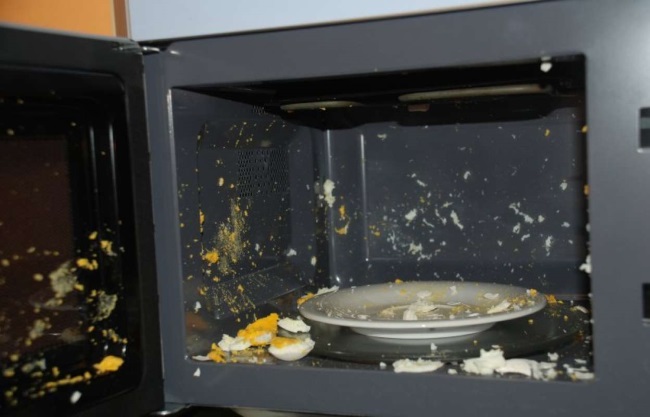
It is impossible to heat the liquid in hermetically sealed containers and products with dense skin (grapes, watermelon) in a microwave oven - due to the strong evaporation of water inside them creates a high pressure and, consequently, they can explode. For the same reasons, it is undesirable to heat up sausage products covered with plastic wrap. For the same reason, you can not cook eggs in the microwave. Since the steam inside the whole egg under the influence of microwaves does not find an outlet, which leads to a sad result.
Some types of dishes
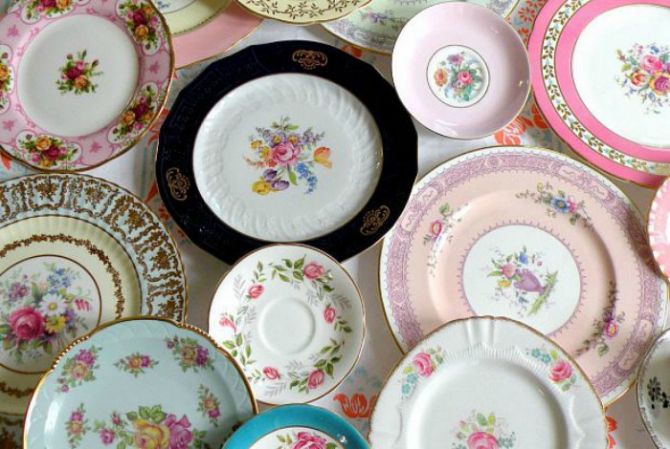
When working with a microwave, pay attention to the dishes. Be careful with ceramic, crystal and porcelain objects. In addition, plastic containers when heated in a microwave oven emit a certain dose of carcinogens into the heated food and can melt. It is not recommended to put in a microwave cups of yogurt, boxes of margarine, etc. Manufacturers, as a rule, indicate that plastic can be used in a microwave oven. Ideal in this case suits dishes made of tempered refractory or heat-resistant glass.
Metal objects

Metal reflects microwave radiation. If you place items made out of it in the microwave, they can damage it in the process of heating. Plates with metal rims and metal circles contain compounds of lead and other heavy metals. When heated, they are able to get into food and cause serious poisoning of the body.
Foil

Usually foil is used for cooking in its own juice and for blocking microwaves. It is very unwise to put dishes with foil in the microwave oven. Sparking or ignition can begin. To microwave served you further, it is better not to do it.
Packages
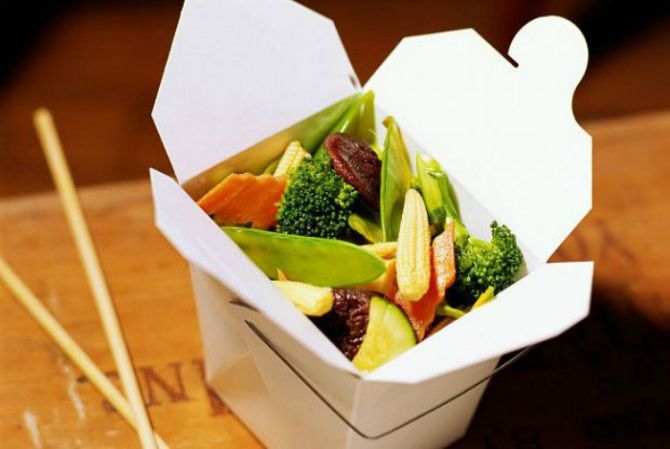
In some restaurants ordered food is packed in paper boxes. But, no matter how much you want to quickly heat it up there, it is better to shift the contents of the boxes into safer dishes, since paper and plastic bags can flare up or melt. In addition, cellophane when heated emits toxic substances.
Frozen products
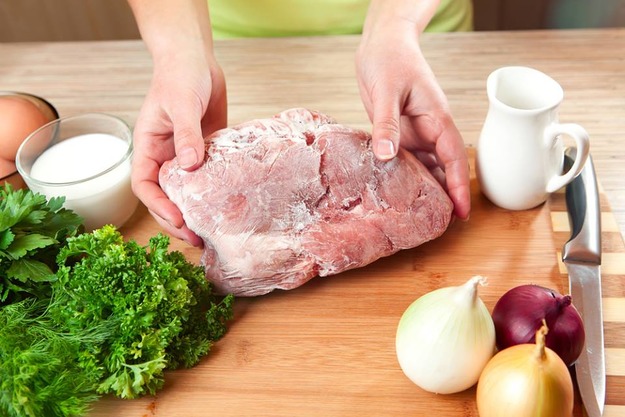
Frozen cuts of meat are quite difficult to defrost in the microwave: thin edges begin to bake, and the middle part remains icy. This uneven distribution of heat contributes to the growth of harmful bacteria inside the meat. And defrosting fruits and berries in the microwave can lead to the conversion of a useful glucoside into a carcinogenic substance. Vegetables when defrosting also lose nutrients and vitamins. For example, if broccoli is heated in a microwave, this healthy vegetable loses 97% of all its beneficial elements. And garlic remains without its super healthy qualities after heating in a microwave oven. And the anti-cancer properties are gone! Capsaicin, the active ingredient in hot peppers, evaporates from the heat from the microwaves, and the resulting steam is very harmful. Therefore, to get a healthy dish, nutritionists recommend to defrost food on the shelves of the refrigerator, beforehand laying them out of the freezer.
Baby food
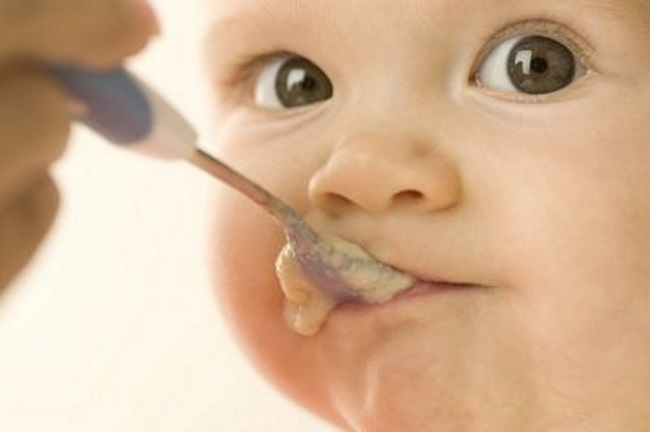
First of all it concerns expressed breast milk. Under the action of microwaves, it becomes toxic. If you need to warm up the milk a little and not kill the immunoglobulins in it, it is better to use the traditional method - heat it with hot water or in a water bath. Studies have shown that heating baby food in a microwave oven due to uneven heating can harm the baby. In addition, high-temperature heating destroys nutrients, which significantly reduces the usefulness of the products.
Fresh greens

Drying fresh greens in the microwave is a bad idea. These herbs contain very little fluid, and if they are slightly over-exposed, a fire may occur.
Sponges
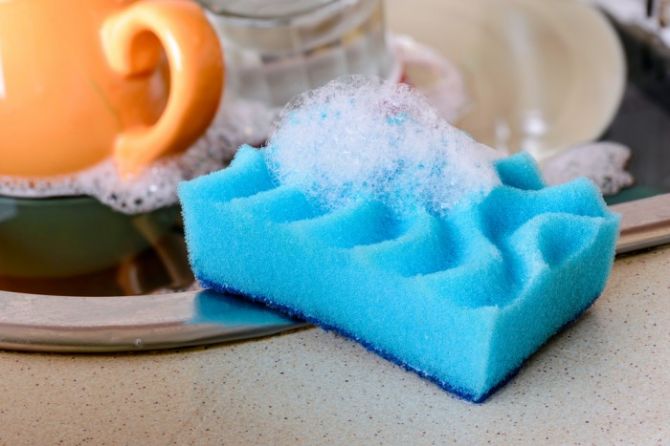
There is an opinion that if you put a sponge in a microwave and warm it for 30 seconds, all the microbes that have settled on it will be destroyed. But it is better not to experiment. Unpleasant smell and the possibility of fire - powerful arguments to abandon this idea.
clothing

It is also illogical to warm clothes in the microwave in the cold season. Because the fabric can flare up.
Did you have a sad experience with a microwave? Share your stories, leave comments, interested in your opinion!
We used to reheat food in the microwave: it's quick, easy and convenient. However, there are products that should not be warmed up using this gadget, because they completely lose their beneficial properties and can even become dangerous for the body.
Frozen Meat
Meat can be quickly thawed only in a microwave, but this should not be done. As a rule, it is heated only along the edges, which after a few minutes of defrosting look as if they have already cooked, and inside and in the middle the meat still remains completely cold. In addition, the uneven distribution of heat contributes to the rapid proliferation of bacteria, and to eat such a product in food can be dangerous to health. The best way to defrost meat is to leave it in the fridge for a long time.
Eggs
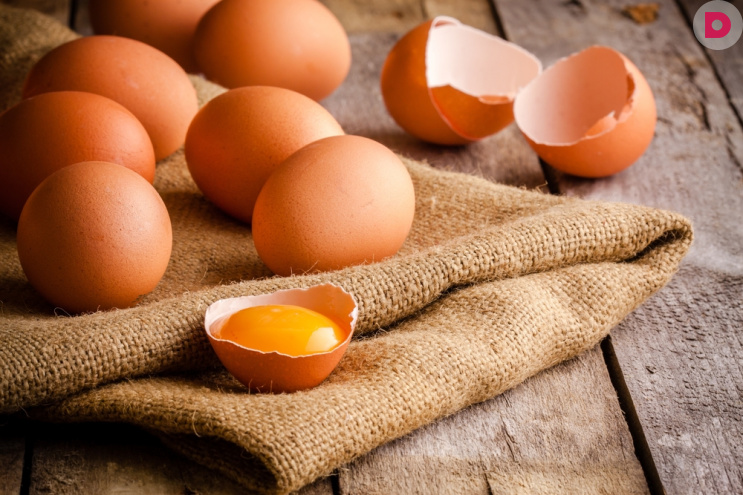
Green salads and spinach

Fruits and berries
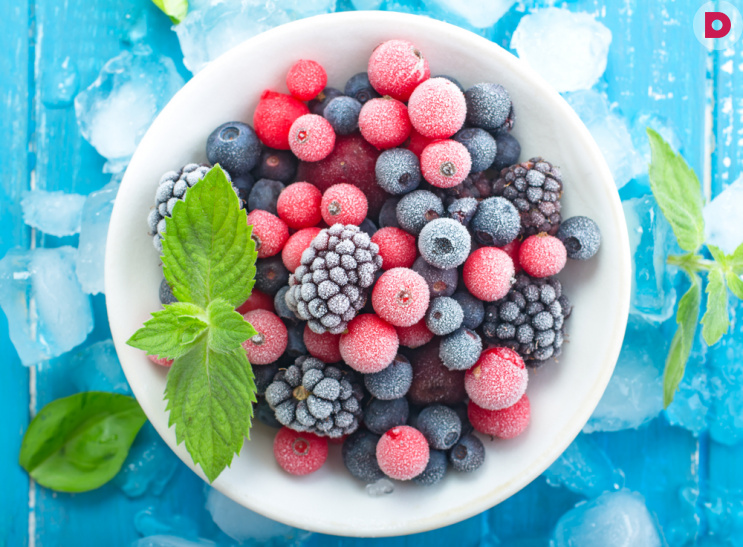
Hen
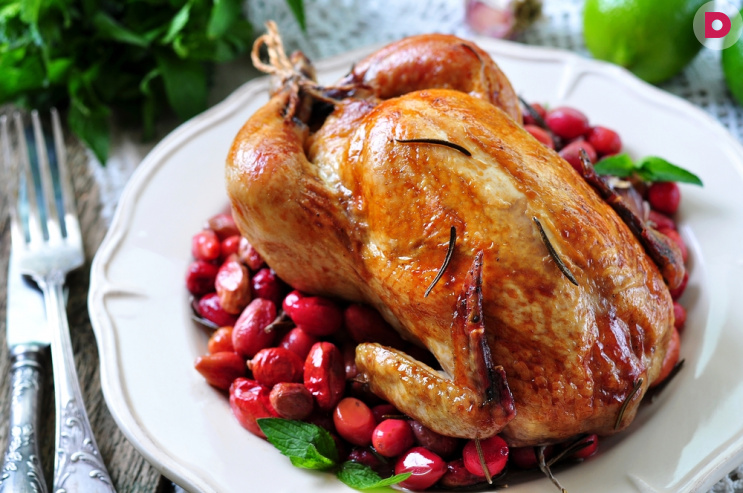
Mushrooms
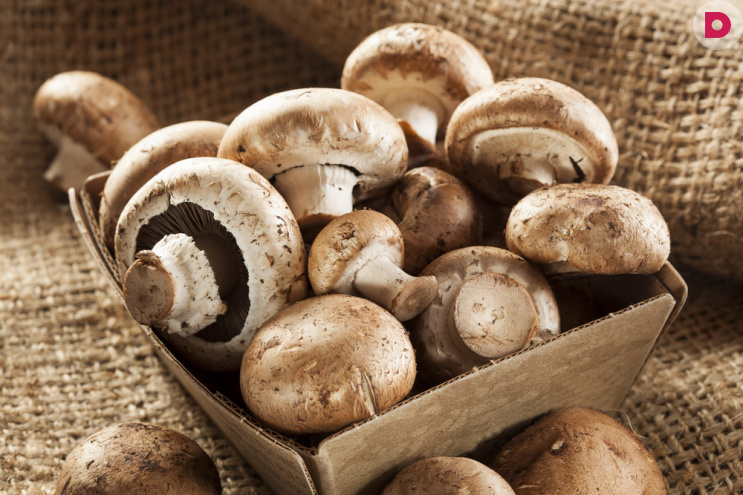
Dairy products
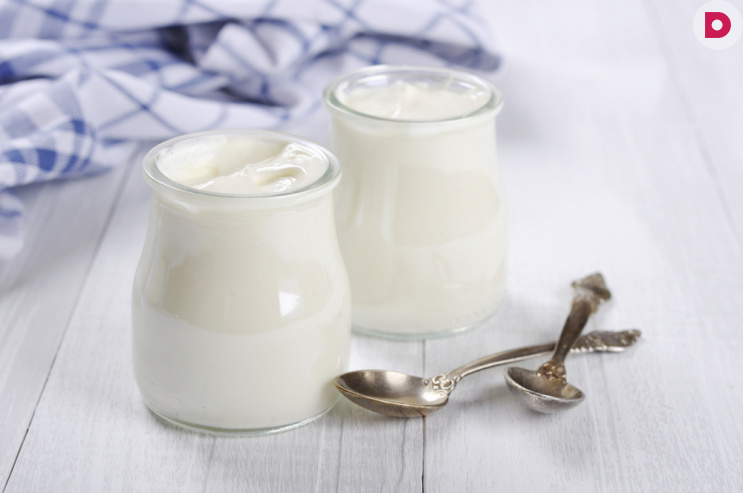
They contain live bifidobacteria and lactobacilli, which are useful for digestion. When heated in a microwave oven, they die, and the products themselves often "curl up" and lose taste, turning into a curd. The packaging of these products is also not designed for heating and may emit harmful substances under the influence of temperature. To preserve the taste and healthy properties of ryazhenka and yoghurts, just get them in advance of their fridge - only half an hour at room temperature, and they can be safely eaten.
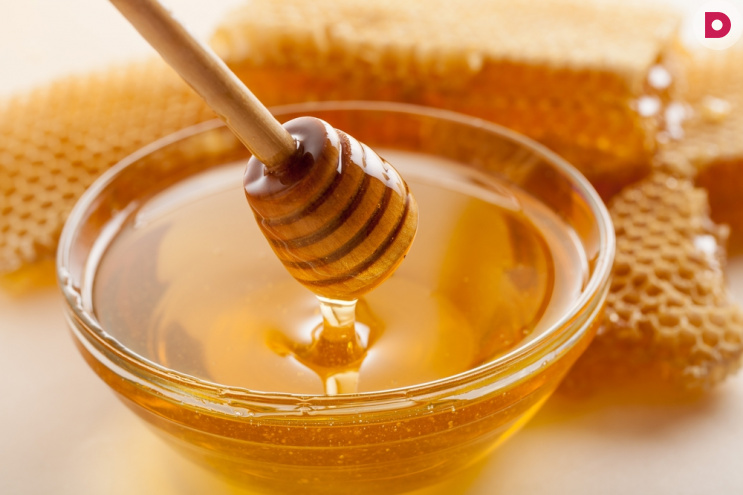
Kitchen items that cannot be used in the microwave:
Metal dishes
- dishes with shiny edging
- plastic
- food film
- foil
Many cooking lovers consider the microwave oven “the invention of the century”. And it is not unreasonable: to warm, defrost and even cook food in it is very convenient and fast. However, there are certain nuances: not all products can be thermally processed in the microwave. And not in any dish. On the intricacies of using a microwave oven today and talk.
History tour
The first microwave was invented back in 1945 by an American engineer Percy spencer during the experiments.
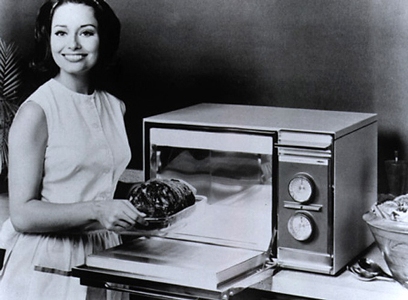
There are suggestions that this happened completely by accident: while working with magnetrons, Spencer either heated up a sandwich or melted a bar of chocolate. Versions differ, but the fact remains: in 1946, the first patent was issued for the manufacture of microwave ovens. Two years later, the first microwave oven was released - the truth was intended for the military. Serial production was established in 1962. Since then, microwaves have firmly taken place in a variety of kitchens around the world.
How it works

Microwave
heats food thanks to high-frequency electromagnetic radiation, the waves of which penetrate into the food by 2.5 centimeters and work not only on the surface, but throughout the whole volume, accelerating the heating and cooking of dishes.
It is worth saying that since the invention of microwave ovens, there has been debate about whether it is harmful to use them or not. There is no official confirmation of the negative effect of microwaves. However, there are scientifically proven warnings about which products should not be placed in the microwave.
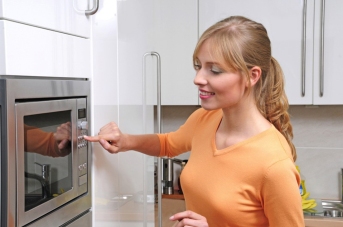
That in such a furnace do not put metal utensilsknown to many. Metal reflects, electromagnetic waves, and then it may cause damage to the device. But not everyone knows about the list for the microwave.
Protein products
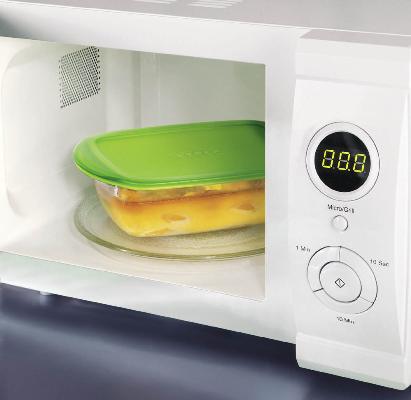
Breast milk
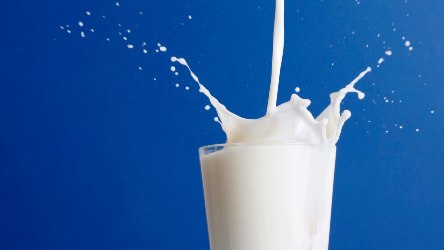
Attention, women!
Putting breast milk here is simply dangerous: in the milk heated at a low temperature, an increased growth of E. coli is observed. Namely, 18 times more than in the milk heated on the stove.
Also with this heat, the activity is suppressed. lysozyme enzymewhich prevents the growth of bacteria.
Frozen Meat
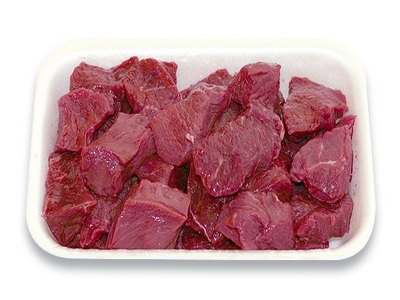
To defrost a piece of meat, it takes quite a long time. If you often resort to this method of defrosting, then you should know that
at a temperature of 60 degrees Celsius, active multiplication of bacteria begins in meat. Revolving it into a source of microbes. Therefore, it is recommended that this meat be prepared immediately to avoid unpleasant consequences in the future.
In addition, Japanese researchers found that in the meat that was in the microwave more than 6 minutesabout half of vitamin B12 is destroyed (the results of this study were published in the journal ScienceNews in 1998). It is believed that the best way to defrost meat is to put it in the fridge overnight or place it under a stream of cold running water.
Frozen fruits and vegetables
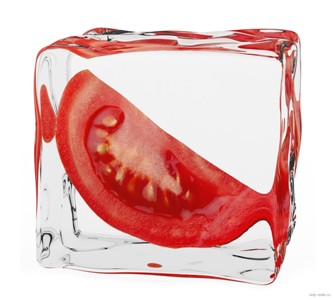
Any kind of heat treatment leads to the destruction of useful substances in them. The microwave in this sense has an even more negative impact than other types of cooking. Especially sensitive to its effects so gentle vegetablelike broccoli: heating in a microwave oven leads to almost complete destruction of nutrients.
Products with a too high water content in a dense shell should not be put here. For example, eggs or tomatoes. With increasing temperature, the volume increases dramatically, the shell bursts, and the content flies in different directions.
About 30 years ago, microwaves first appeared in our kitchens, and we immediately became addicted to quickly heating food. The younger generation most likely cannot even imagine how to make porridge, hot chocolate or popcorn without it. And yet, many of us use the microwave incorrectly. Of course, we know that it is impossible to put aluminum foil, metal or plastic in it, but there are equally dangerous risks associated with heating certain products.
For a start, it is worth understanding that a microwave oven does not heat food evenly, and this often means that any bacteria present in it will be able to survive. There is also a problem with the appearance of carcinogenic toxins. In order to minimize the risks associated with the microwave, do not be tempted to use it to cook or reheat these six foods.
Hard boiled eggs
If you try to boil a hard-boiled, unpeeled egg in a microwave oven, the moisture inside it will create steam, like in a miniature pressure cooker. You run the risk that the egg could explode! What is even more scary, it will not happen inside the microwave during heating, but later. This means that an egg heated to a boiling point can flare up in your hand, on a plate, or even in your mouth. To avoid turning your dinner into a steam bomb, cut it into small pieces before reheating or, better yet, do not put it in the microwave.
Breast milk
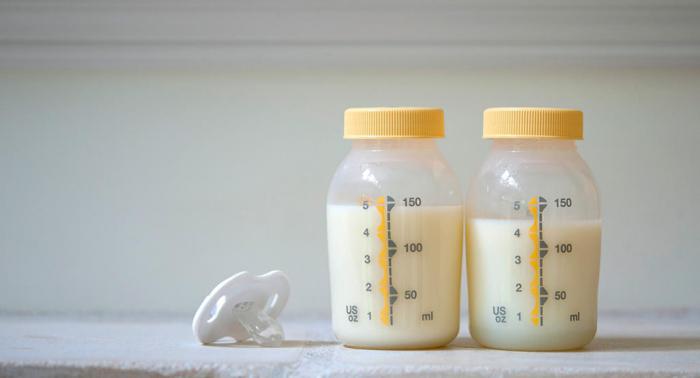 Many young mothers freeze and store breast milk for later use. This is a good idea, until you decide to heat it in the microwave. As already mentioned, microwaves heat plates with food unevenly, and the same will happen with a bottle of breast milk. Uneven heating creates “hot spots” that can seriously burn a child’s throat and mouth. In addition, there is a risk associated with carcinogens, which comes from reheating the plastic. Breast milk is best defrosted and heated in a saucepan on the stove or with the help of hot water from the tap. As a temporary solution, you can heat a cup of water in the microwave and then dip a bottle of breast milk into it.
Many young mothers freeze and store breast milk for later use. This is a good idea, until you decide to heat it in the microwave. As already mentioned, microwaves heat plates with food unevenly, and the same will happen with a bottle of breast milk. Uneven heating creates “hot spots” that can seriously burn a child’s throat and mouth. In addition, there is a risk associated with carcinogens, which comes from reheating the plastic. Breast milk is best defrosted and heated in a saucepan on the stove or with the help of hot water from the tap. As a temporary solution, you can heat a cup of water in the microwave and then dip a bottle of breast milk into it.
Processed Meat
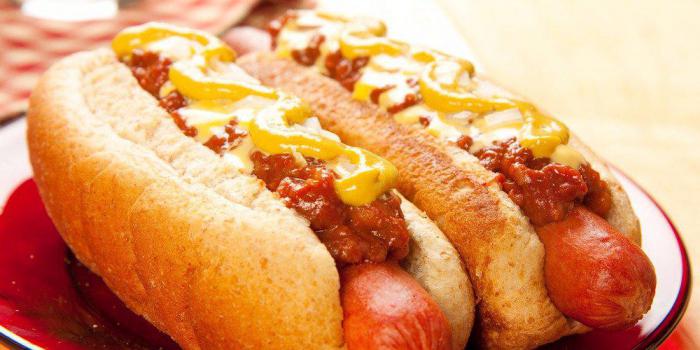 It contains chemicals and preservatives that prolong its shelf life. Unfortunately, a microwave can reduce the effect of these substances on your body. Heating up processed meat in a microwave oven contributes to the formation of cholesterol oxidation products, which are known to be more damaging to the arteries than pure cholesterol. They are also directly related to the development of coronary heart disease. Compared to other cooking methods, heating the processed meat in the microwave is much more likely to cause problems.
It contains chemicals and preservatives that prolong its shelf life. Unfortunately, a microwave can reduce the effect of these substances on your body. Heating up processed meat in a microwave oven contributes to the formation of cholesterol oxidation products, which are known to be more damaging to the arteries than pure cholesterol. They are also directly related to the development of coronary heart disease. Compared to other cooking methods, heating the processed meat in the microwave is much more likely to cause problems.
Pic
 Using a microwave to cook rice can easily lead to food poisoning. Raw rice contains bacterial spores that can survive in a microwave. After you take the rice out of it and leave it at room temperature, the spores can multiply and cause diarrhea and vomiting.
Using a microwave to cook rice can easily lead to food poisoning. Raw rice contains bacterial spores that can survive in a microwave. After you take the rice out of it and leave it at room temperature, the spores can multiply and cause diarrhea and vomiting.
Hen
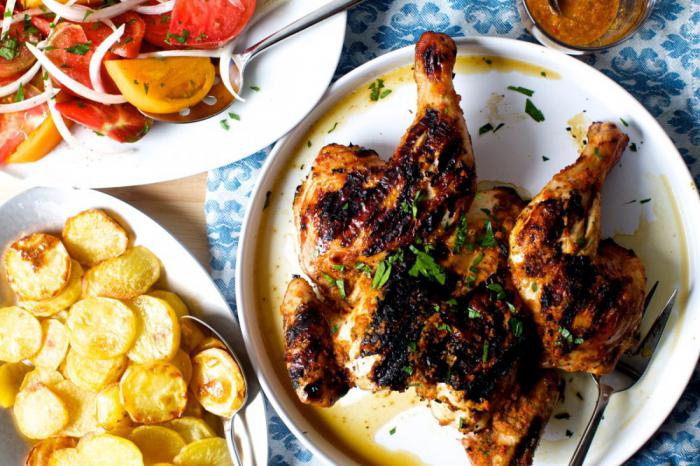 All poultry meat, including chicken, may contain salmonella, so it must be carefully prepared to eliminate all existing bacteria. Since the microwave can not evenly cook all the pieces of meat, it is likely that the surviving bacteria will remain in it. Moreover, the chicken has a very high density of protein, so it is very important to cook it at the same temperature. If some of the proteins break down more slowly than the other in the same food, it will most likely lead to indigestion.
All poultry meat, including chicken, may contain salmonella, so it must be carefully prepared to eliminate all existing bacteria. Since the microwave can not evenly cook all the pieces of meat, it is likely that the surviving bacteria will remain in it. Moreover, the chicken has a very high density of protein, so it is very important to cook it at the same temperature. If some of the proteins break down more slowly than the other in the same food, it will most likely lead to indigestion.
Greenery
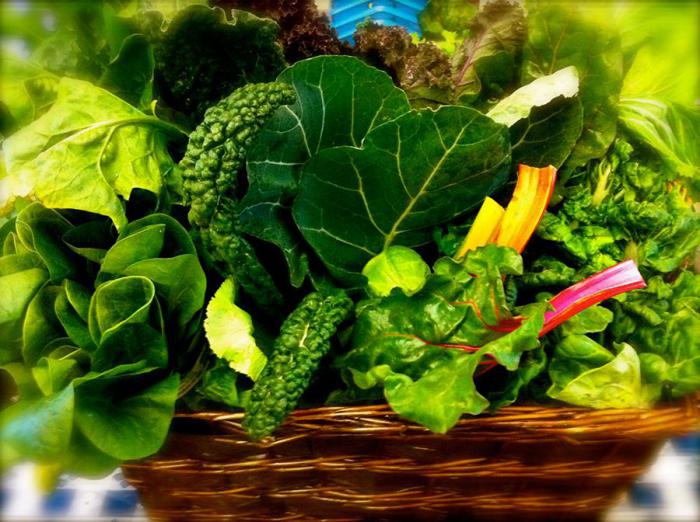 No matter how much celery, cabbage or spinach you store, to eat your lunch later, it’s better to throw it away than to warm it up in a microwave. Nitrates in greens are very toxic if they are heated. During microwave heating, naturally occurring nitrates become nitrosamines, which are carcinogens. The same is true for reheating the nitrate-rich beets and turnips!
No matter how much celery, cabbage or spinach you store, to eat your lunch later, it’s better to throw it away than to warm it up in a microwave. Nitrates in greens are very toxic if they are heated. During microwave heating, naturally occurring nitrates become nitrosamines, which are carcinogens. The same is true for reheating the nitrate-rich beets and turnips!
In the microwave food can be warmed up much faster than on the stove or oven. As it often happens, the instructions for electrical appliances tend to disappear without a trace :) And many have a question: how much time do I need to heat in a microwave this or that product? I have compiled and prepared a table, which is advisory in nature and will help you get an answer to your question. The warm-up time is indicated for room temperature liquids (+18 - +23 ° C), and the temperature of products is equal to the temperature in the refrigerator (approximately +4 - + 7 ° C).
Elapsed time: 1-10 minutes.
Power levels when heating food in a microwave oven
Different products require different power during heating: certain products are better heated at high power (800 W), and others at medium power (600 W, 450 W) or even low (300 W) power. At reduced power, large meals and foods that are heated very quickly (for example, pies, bread, hamburgers) should be heated.
After the end of the heating process, it is necessary to allow the product to stand in a microwave (in the table the column is “Exposure time (min.)”) So that the temperature becomes equal throughout the volume.
Before the process of heating, I recommend reading my article: “Useful tips on heating up various products in the microwave”. In it you will find a lot of useful information on how to more properly heat food in a microwave oven.
Table heating time in the microwave:
| Products | The size portions |
Power (W) |
Time (min) | Time excerpts (min) |
Instructions |
|---|---|---|---|---|---|
| The drinks (coffee, milk, tea, room temperature water) |
150 ml (1 cup) | 750 | 1,5-2 | 1-2 | Pour the liquid into the glass, place it in the center of the rotating tray, do not close the lid. Mix thoroughly after aging. |
| 250 ml (1 glass) | 2-2,5 | ||||
| Soup (from the fridge) |
250 g | 750 | 3-3,5 | 2-3 | Pour the soup into a deep plate, cover with a plastic lid. Stir at the end of half the time and after warming up |
| 450 g | 4-4,5 | ||||
| Stew or fish (from the fridge) |
350 g | 600 | 4,5 | 3 | Put the stew or fish in a deep plate, cover with a plastic lid. Periodically turn the pieces while warming up. |
| Cutlets, fried meat 0.5 cm thick (from the fridge) |
2 pcs. | 800 | 1,5-2,5 | 1 | Put the meat slices on a plate, cover with a lid. To the meat is not dried, you can pour the gravy or sauce. |
| Chicken (breast) | 1 PC. | 800 | 2-3,5 | 1 | |
| Chicken (chicken) | 1 PC. | 800 | 1,5-2,5 | 1 | Cover with lid when warming up. Turn 1-2 times in the process of heating. |
| Sausage, wiener | 1 PC. | 600 | 0,5-1 | 1 | Remove the shell, pierce in 2-3 places, cover with a lid. |
| Fish fillet | 200 g | 800 | 1,5-2,5 | 1 | Cover with a lid, turn over 1 time in the process of heating. |
| Lasagna | 300 g | 800 | 4,5-7 | 3 | To cover with a lid. |
| Casserole | 200 g | 800 | 1,5-3 | 2 | To cover with a lid. |
| Mashed potatoes | 200 g | 800 | 2-3 | 1 | |
| Pic | 200 g | 800 | 1,5-2 | 1 | Cover with lid when warming up. Stir 1 time in the process of heating. |
| Round or oblong sandwich bun | 1 PC | 600 | 20-30 seconds | 30 sec | Wrap in a paper towel. |
| Flour products with filling and sauce (from the fridge) |
250 g | 600 | 2-3,5 | 3 | Put flour products with a filling (for example, pancakes with meat) in a plate, cover with a plastic cover. In the process of heating, turn them 1-2 times. |
| Pasta with sauce (from the fridge) |
250 g | 600 | 4-5 | 3 | Put the pasta on a flat plate and cover with a lid. Stir before serving. |
| Vegetables | 250 g | 800 | 1,5-3 | 2 | Warm up, covered with a lid, in the process of warming upside down 1-2 times |
| Ready meal (from the fridge) |
300 | 650 | 5-6 | 3 | Put a dish of 2-3 cooled products on a plate and cover with a lid. |
| 400 | 6-7 | ||||
| Frozen Prefabricated | 300 | 650 | 11,5-12,5 | 3 | To cover with a lid. After warming up, leave to stand for 2-3 minutes. |
| 400 | 13-14 |
Warming up baby food and milk in the microwave oven:
Very often you can hear that warming up baby food in the microwave oven is harmful. I studied this question and I can assure you that it is not. Eminent doctors, scientists conducted a lot of research (you can find and read about them on the Internet) and proved that warming baby food in the microwave is absolutely harmless. The only thing you need to pay attention to is that the product warms unevenly, so you must either wait a bit or mix well after the heating process is over. I described other tips and recommendations on warming up baby food in the article: "How to warm in a microwave."
| Products | The size portions |
Power (W) |
Time (min) | Time excerpts (min) |
Instructions |
|---|---|---|---|---|---|
| Baby food (vegetables + meat) |
190 g | 600 | 30 seconds | 2-3 | Put the product in a deep plate, cover with a lid. After warming up, let stand for 2-3 minutes and mix. Before feeding, be sure to check the supply temperature. |
| Children's porridge (cereal + milk + fruit) |
190 g | 600 | 30 seconds | 1-2 | Warm up, covered in a deep dish. After warming up, mix and let stand for 2-3 minutes. |
| Baby milk | 100 ml | 300 | 30-40 seconds | 2-3 | Pour the milk into a glass or plastic bottle and, without covering, put in the center of the rotating tray. After the heating process, shake well and let stand for at least 2 minutes. |
| 200 ml | 1 | ||||
| Mixture | 170 ml | 600 | 30 seconds | 1 | Pour water into a bottle and put it in a microwave. After warming up, remove the bottle of water, add the mixture there and mix well. |


